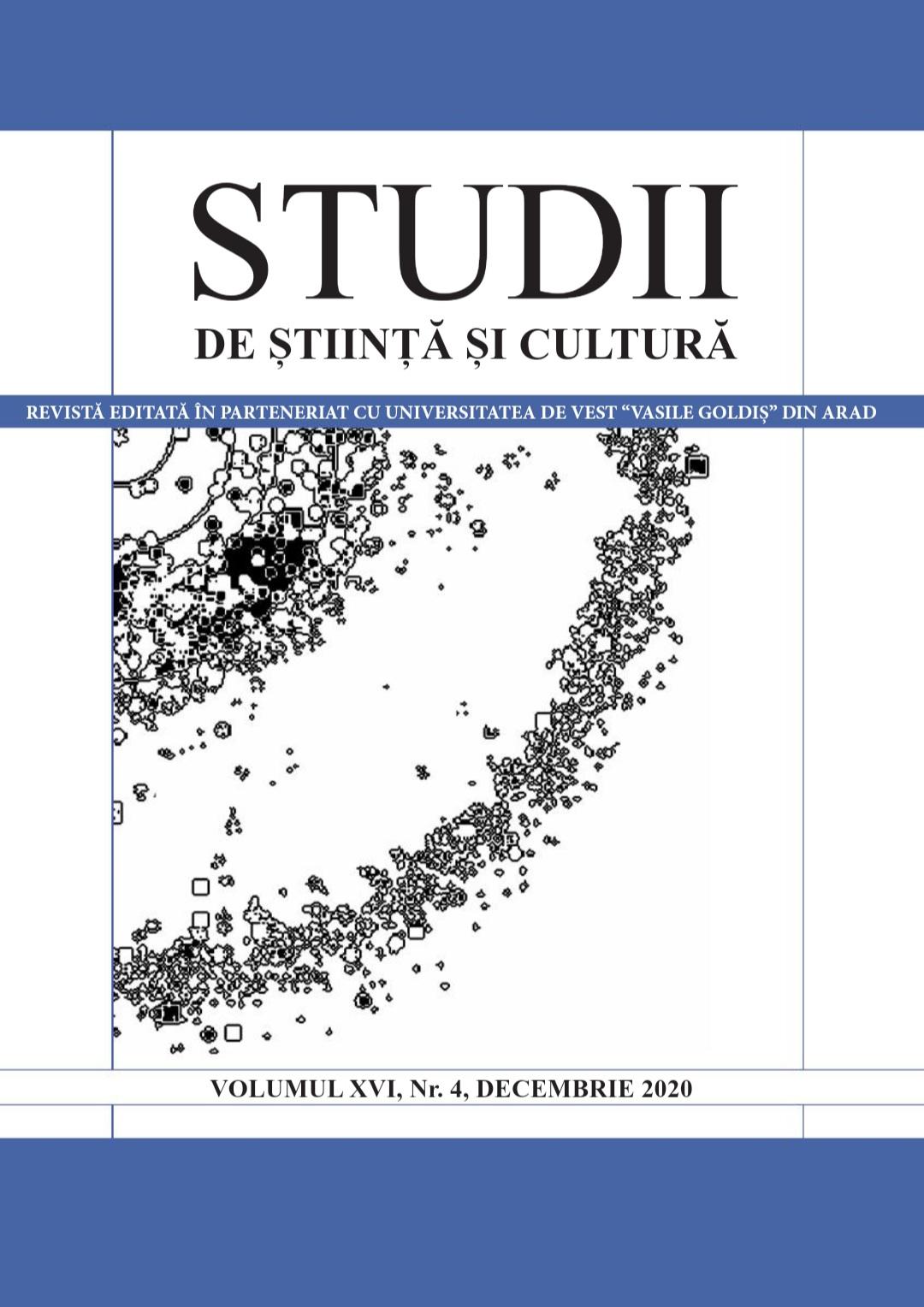DIE BRÜCKE AUS PAPIER. SPRACHEN DER BUKOWINA
THE BRIDGE OF PAPER. LANGUAGES OF BUCOVINA
Author(s): Rudolf WindischSubject(s): Language and Literature Studies, Translation Studies
Published by: Editura Universităţii Vasile Goldiş
Keywords: Five poems on German; Languages of Bukovina; dayenu; the smell of Hamentaschen; the genizah of burned names;
Summary/Abstract: The volume of five poems in German (see the title in the Bibliografie), translated into ten languages, such as Armenian, Yiddish (Lat.), Yiddish (Heb.), Polish, Romani, Romanian, Russian Ukrainian, Hungarian, the poet Lothar Quinkenstein (see the title in the Bibliografie) considers to be representative for the languages of the landscape of Bucovina (German: Buchenland – “country of beeches”), today in the territory of Ukraine. The multilingual center, the town of Černivci (german Czernowitz, romanian Cernăuţi) on the river Prut, belonged to the Austro-Hungarian double monarchy until the end of World War I, 1918, with a correspondingly high proportion of German -Jewish inhabitants. The question arises, to what extent German is still a “language of the Bucovina” in addition to the state language Ukrainian and a larger proportion of Polish and Russian speakers? The poems remind us in dark metaphorically shaped allusions of the biblical accounts of the flight of the Jews from the Egyptian captivity and lead us into our days, with the Holocaust of the Jewish population in Bucovina and neighbouring Romania. The two poems “Letters” and “The Bridge of Paper” play on news messages of survivors from that city – without mentioning the senders: “mail from Düsseldorf” (in fact: Rose Ausländer, 1901 Czernowitz - Düsseldorf 1998), “letters from Paris” (Paul Celan, 1920 Czernowitz - Paris 1970), “mail from Naharija” (Israel; Salomea Mischel-Grünspan, 1901 Stanislau / Galizien) et al. Such a “mail”, such “letters” may be read as the “bridge of paper” called by the poet, as a back of the writers to their lost homeland. A special effort calls for an overview of the large number of German-Jewish writers, in addition to the ones already mentioned here, who are no longer with us. The interpretation of the five poems, with the allusion of the number 5 to the five books of Moses, requires at least basic knowledge of the Jewish questions of faith. It is advisable to read the author’s Epilogue (p. 86-90).
Journal: Studii de Ştiinţă şi Cultură
- Issue Year: XVI/2020
- Issue No: 04
- Page Range: 101-110
- Page Count: 10
- Language: German

